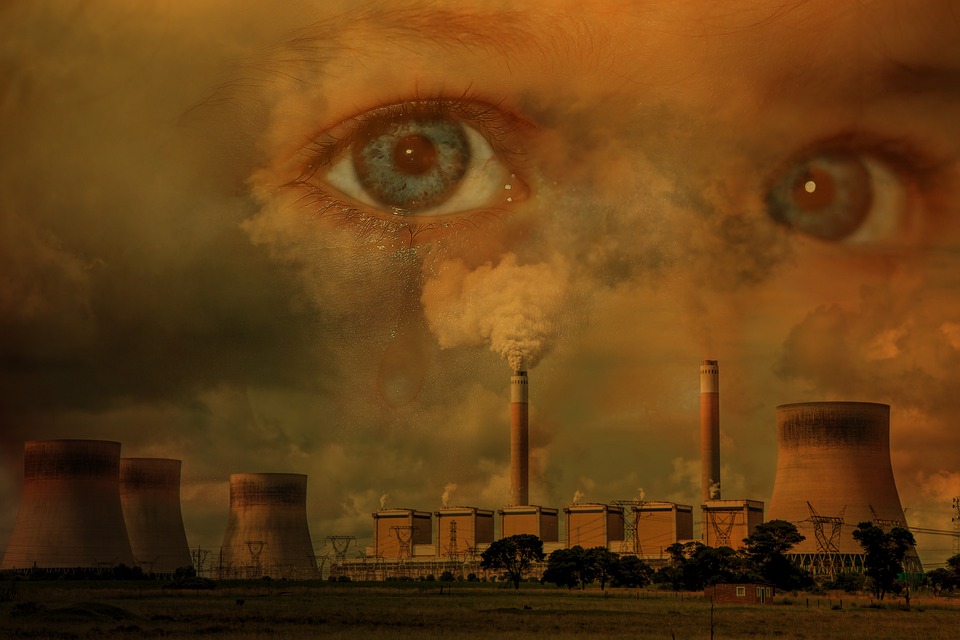Effects of Global Warming
Global warming, primarily driven by human activities such as burning fossil fuels and deforestation, is leading to significant changes in the Earth’s climate system. Understanding these effects is crucial for addressing the challenges posed by climate change. Below are some of the key effects associated with global warming.
1. Rising Global Temperatures
Increased Average Temperatures Worldwide
Global temperatures have risen dramatically, with an increase of approximately 1°C since the late 19th century. This rise in temperature affects ecosystems, alters weather patterns, and leads to changes in seasonal cycles. For instance, warmer temperatures can disrupt plant blooming times and animal breeding seasons, which can have cascading effects on food chains and biodiversity[6][9].
Heatwaves and Extreme Weather Events
The frequency and severity of heatwaves have increased due to global warming. Events such as the record-breaking heatwaves in recent years demonstrate how rising temperatures can lead to extreme weather conditions. The Intergovernmental Panel on Climate Change (IPCC) reports that these changes will continue to escalate, resulting in more intense storms, droughts, and wildfires[4][7].
2. Melting Ice and Rising Sea Levels
Glacial and Polar Ice Melt
Warmer temperatures are causing glaciers and polar ice caps to melt at an alarming rate. For example, Arctic temperatures are rising nearly twice as fast as the global average, leading to significant ice loss. This melting not only contributes to rising sea levels but also affects habitats for species that depend on ice-covered regions, such as polar bears and seals[1][9].
Rising Sea Levels
As glaciers and ice sheets melt, sea levels rise, posing a threat to coastal communities worldwide. The IPCC estimates that sea levels have risen about 20 centimeters since the early 20th century, a trend that is expected to accelerate. This rise increases the risk of flooding in low-lying areas and threatens coastal ecosystems[2][8].
3. Ocean Warming and Acidification
Warmer Ocean Temperatures
Oceans absorb much of the excess heat from global warming, leading to increased water temperatures. This warming has dire consequences for marine ecosystems, including coral bleaching events that devastate coral reefs—critical habitats for many marine species[3][5].
Ocean Acidification
The absorption of carbon dioxide by oceans leads to acidification, which harms marine life, particularly organisms with calcium carbonate shells or skeletons like corals and shellfish. This process disrupts marine food webs and threatens biodiversity[2][4].
4. Changes in Weather Patterns
More Intense Storms and Hurricanes
Global warming has been linked to an increase in the intensity of hurricanes and other storms. Warmer ocean waters fuel these storms, leading to more destructive weather events. Recent hurricanes have shown increased rainfall rates and wind speeds attributed to climate change[6][7].
Shifts in Rainfall and Drought Patterns
Changes in climate are also altering precipitation patterns globally. Some regions experience heavier rainfall leading to flooding, while others face prolonged droughts. These shifts impact agriculture, water supply, and food security[4][9].
5. Impact on Ecosystems and Wildlife
Loss of Biodiversity
Global warming is a significant driver of biodiversity loss as species struggle to adapt to rapidly changing climates. Many species are migrating towards cooler areas or higher altitudes; however, not all can adapt quickly enough, leading to extinction risks[1][3].
Changes in Animal Migration and Breeding Patterns
The timing of animal migrations and breeding cycles is shifting due to altered seasonal cues from climate change. For instance, migratory birds may arrive at their breeding grounds before food sources are available, affecting their survival rates[6][9].
FAQs: Effects of Global Warming
– How does global warming affect weather patterns?
Global warming leads to more extreme weather events including intense storms, heatwaves, and shifting rainfall patterns.
– Is sea level rise really linked to global warming?
Yes, melting glaciers contribute significantly to rising sea levels which threaten coastal areas worldwide.
– Why is ocean acidification an effect of global warming?
Increased CO₂ absorption by oceans causes acidification that harms marine ecosystems.
– What impact does global warming have on wildlife?
Changes in temperature disrupt migration patterns and breeding cycles leading to potential declines or extinctions.
– Does global warming cause more wildfires?
Yes, warmer temperatures contribute to drier conditions that increase the frequency and intensity of wildfires.
Conclusion
The effects of global warming are profound and multifaceted, impacting temperatures, sea levels, weather patterns, ecosystems, and wildlife. Addressing these challenges requires urgent action to mitigate climate change impacts on our planet’s future.

Kyle Whyte is a notable scholar and professor at the University of Michigan, holding positions such as the George Willis Pack Professor in the School for Environment and Sustainability and Professor of Philosophy. Specializing in environmental justice, his work critically examines climate policy and Indigenous peoples’ ethics, emphasizing the nexus between cooperative scientific endeavors and Indigenous justice. As an enrolled Citizen Potawatomi Nation member, he brings a vital perspective to his roles as a U.S. Science Envoy and member of the White House Environmental Justice Advisory Council. His influential research is supported by various prestigious organizations including the National Science Foundation, and disseminated through publications in high-impact journals. Kyle actively contributes to global Indigenous research methodologies and education, with affiliations to numerous institutes and societies dedicated to traditional knowledge and sustainability. Recognized for his academic and community engagement, Kyle has earned multiple awards and served in various visiting professorships. His efforts extend to leadership positions on boards and committees focused on environmental justice nationwide.
